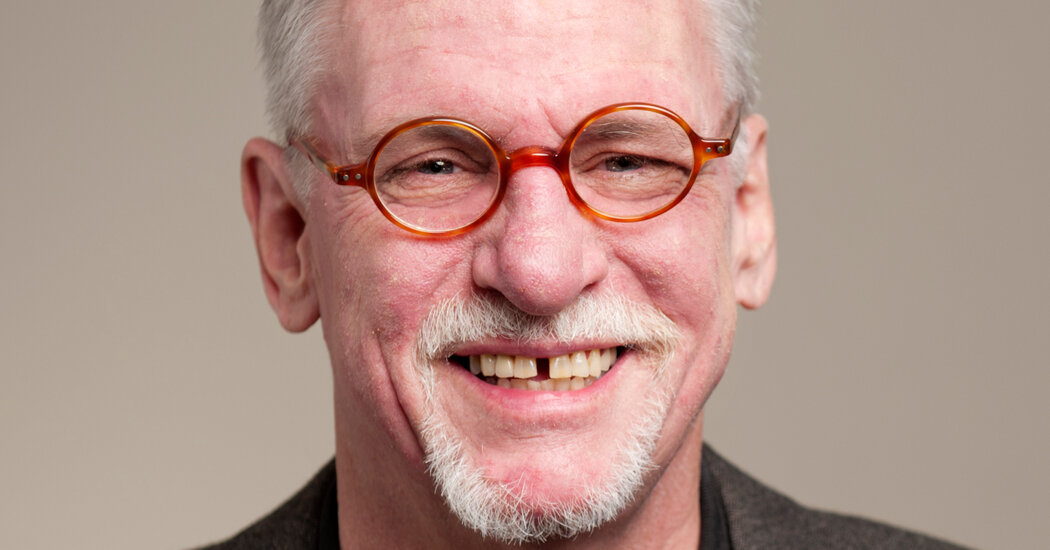
Philip J. Hilts, who as a science reporter for The New York Times in 1994 exposed a tobacco company’s decades-long cover-up of its own research showing that tobacco was harmful and nicotine was addictive, died on April 23 in Lebanon, N.H. He was 74.
The cause was complications of liver disease, his son Ben said.
Mr. Hilts was a longtime journalist, writing for The Times, The Washington Post and other publications, and was the author of six nonfiction books on scientific, medical and social topics.
His work on tobacco made headlines not only in The Times but also across the country. In 1994, he obtained internal documents showing that executives of the Brown & Williamson Tobacco Corporation were struggling with whether to disclose to the surgeon general what they knew in 1963 about the hazards of smoking; their own research showed that cigarettes were addictive and caused lung cancer or predisposed people to it.
The Brown & Williamson executives, Mr. Hilts wrote, “chose to remain silent, to keep their research results secret, to stop work on a safer cigarette and to pursue a legal and public relations strategy of admitting nothing.”
Mr. Hilts’s article, on the front page of The Times, appeared a month after top executives of the seven biggest American tobacco companies testified before Congress that nicotine was not addictive. Two years later, they were all under federal investigation for potentially lying under oath and were no longer leading their companies.
The Justice Department eventually dropped its criminal investigation into whether the executives had perjured themselves. But in 1998, four tobacco companies and 46 states reached what was the largest civil litigation settlement in American history, with the companies agreeing to pay the states $206 billion over 25 years. Millions of internal company documents of the sort that Mr. Hilts and other news organizations had relied on were made public in the process.
Mr. Hilts also broke major stories about breast implants, contraceptives and deceit in the cosmetic device industry. He was among the first reporters to cover the AIDS epidemic.
An adventurous type — he was a scuba diver and world traveler — he wrote a dispatch from an active volcano a mile below the Pacific Ocean. He covered the confessions of a healer in Zambia who claimed to be “curing” AIDS. And he examined a law-enforcement practice of using hypnosis to “refresh” the memories of witnesses; his findings of problems with hypnosis led to the release of four men from prison.
Most recently, he served as director of the Knight Science Journalism Program at the Massachusetts Institute of Technology, from 2008 to 2014.
His books include “Smokescreen: The Truth Behind the Tobacco Industry Cover-Up” (1996), which examined the industry’s 40-year disinformation campaign on cigarette smoking; “Protecting America’s Health: The FDA, Business and One Hundred Years of Regulation” (2003), a history of the Food and Drug Administration; and “Rx for Survival: Why We Must Rise to the Global Health Challenge” (2005), in which he described how wealthy nations can help fight the threat of new and resurgent outbreaks of disease around the world.
Philip James Hilts was born on May 10, 1947, in Chicago. His father, Edward, was a nonfiction writer who also wrote historical fiction for children. His mother, Katherine (Bonn) Hilts, worked at a Sears store in several departments, including as a switchboard operator.
Philip was one of seven children and grew up mainly in Hinsdale, Ill., a suburb west of Chicago.
After high school, he served briefly in the merchant marine before attending Georgetown University in Washington, from 1965 to 1967. He then dropped out and hitchhiked to San Francisco to participate in the “Summer of Love,” when the hippie and counterculture movements were in full bloom.
He returned to Georgetown in 1969 but never graduated, deciding instead to take up journalism. He undertook short stints as a reporter and photographer at small suburban newspapers and at The Washington Daily News in Washington, D.C., and The Rocky Mountain News in Denver before becoming a freelance magazine writer.
He joined The Washington Post as a staff writer in the 1980s, taking time out for a Nieman fellowship at Harvard from 1984-85. He moved over to The Times’s Washington bureau in 1989 as a staff writer until 1996, when he became a contract writer until 2002.
Mr. Hilts received several journalism fellowships, including one that sent him to Botswana, where he taught journalism. Most of his fellowships were devoted to science writing.
He married Mary Donna McKeown, a fellow reporter at The Washington Daily News, in 1974; she died in 1987. In 1993, he married Carisa Cunningham, who at the time worked for nonprofit AIDS organizations; they divorced in 2011. He married Una MacDowell, who was a researcher in math and science education, in 2013. They lived in Cambridge, Mass., and Rochester, Vt.
In addition to his wife and his son Ben, he is survived by another son, Sean; two daughters, Alexis and Kate Hilts; a grandson; four brothers, Edward, Paul, Michael and Mark; two sisters, Jeanne Young and Elizabeth Hilts; and two children from his wife’s first marriage, William and Nora MacDowell Coon.
At his death, in a hospital, Mr. Hilts was finishing a book about Lynn Margulis, a biologist whose research into the origin of cells helped transform the study of evolution, and who was married for a time to the astronomer Carl Sagan.
